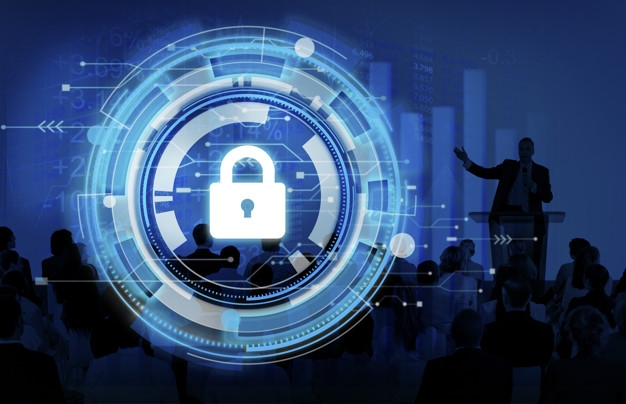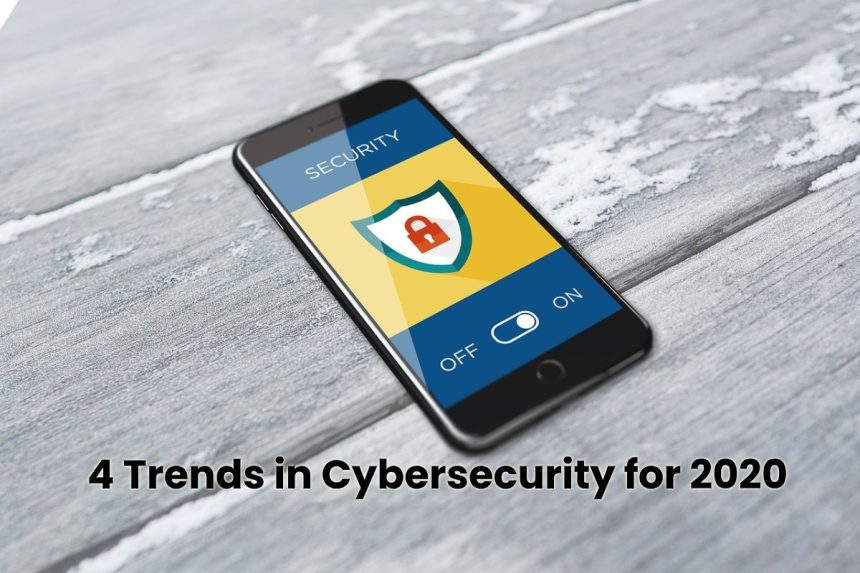Cybersecurity Trends: According to a report on the frequency of cyber-attacks in Latin America, between November 2018 and November 2019, 97 million phishing or fraudulent email attacks were registered in the region: equivalent to 42 attacks per second. These figures demonstrate the need to invest in cybersecurity to guarantee better protection for digital operations in 2020.
The report also revealed that more than 1.3 billion malware or malicious software attacks were carried out during 2019. Representing an increase of 13% compared to the previous measurement. The report also explains that these attacks are the profit opportunity that cybercriminals see in fraud and digital theft.
Analysts conclude that there must be efforts on users and digital companies to prevent these crimes. On the part of users, it is necessary to have a cybersecurity culture. As that prevents them from opening fraudulent emails and delivering the data of their bank accounts to insecure pages. As for digital companies, they must continue working to improve the security of their services. And also, invest in digital security technologies such as the following that will be trending this year.
Cybersecurity Trends for 2020

#1. Biometric Authentication and Password-free Access
With so many services and devices requiring the creation of new accounts. It is increasingly common to find different access methods, including biometric authentication such as fingerprint checking, facial scanning, or voice recognition that by themselves. They are considered more secure than an alphanumeric password, so offering a biometric authentication system is one of the growing cybersecurity trends.
#2. Cybersecurity in the Cloud
As digital cloud-based environments are becoming increasingly popular, security companies are also focusing their efforts on protecting the transfer and storage of critical information in this virtual environment. Despite being highly efficient, it is also vulnerable.
#3. Advanced-Data Encryption
Cyber attacks are fickle and changeable. They can evolve, mutate, improve, and become highly sophisticated and deadly in a matter of weeks or days. For this reason, companies specialized in security try to stay ahead of the curve by updating their own encryption and data protection software and incorporating more and more layers of encryption into comprehensive solutions that protect companies and users during all their online interactions, including purchases, financial transactions and P2P communication (Peer to Peer).
#4. Security in IoT Devices
They design more and more devices to connect to the internet. And they coexist in an intelligent information and data exchange network with other more conventional equipment such as routers, computers, or smartphones.
However, most of these products, especially household appliances, do not have the necessary protection against cyberattacks. Since the creation of it is with their functionality in mind. They left the security of equipment and information aside. An aspect that manufacturers and cybersecurity companies should improve in the years to come.

